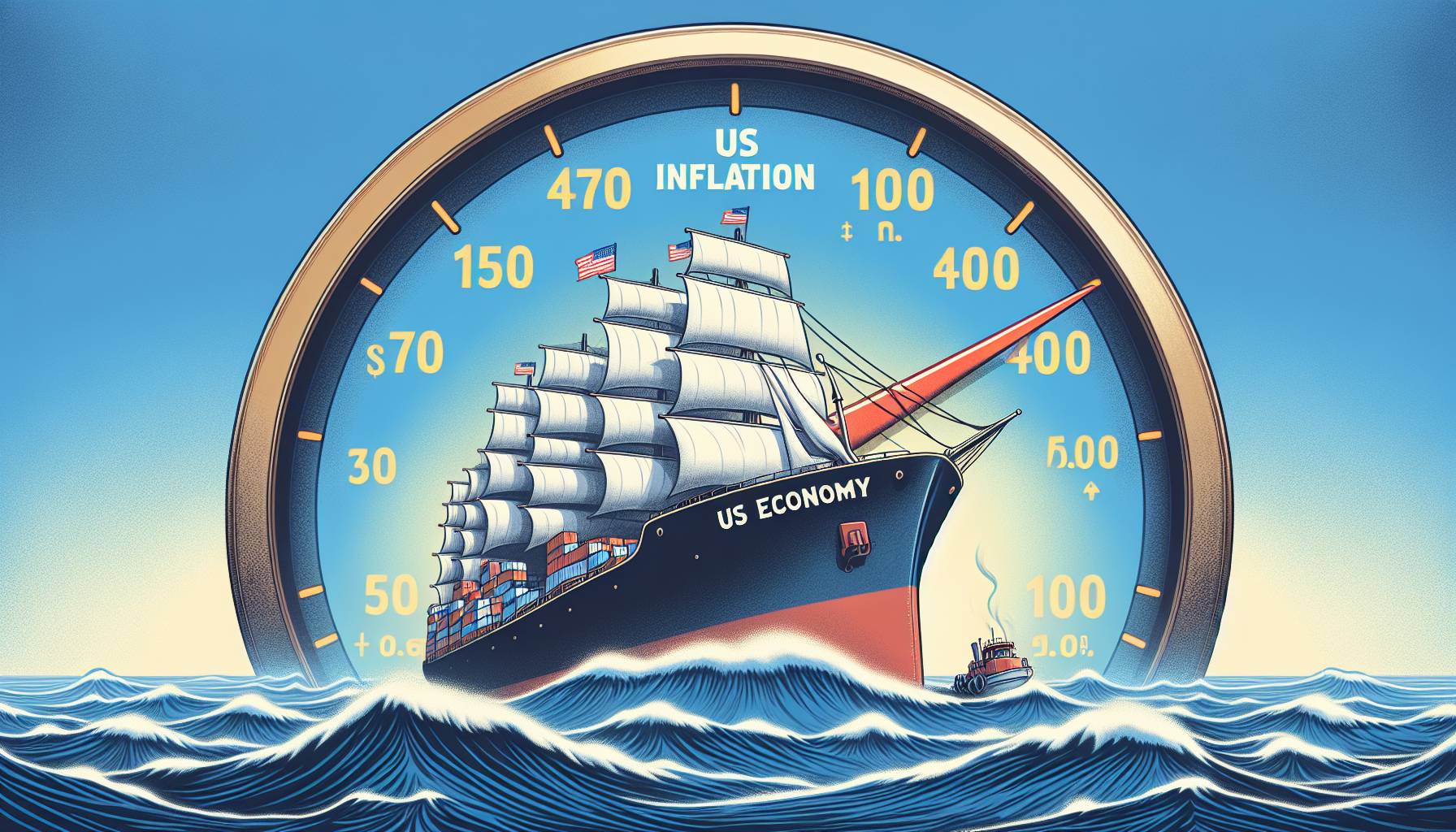Employment statistics overview
The rise in the unemployment rate and the mixed results in employment statistics are likely to have significant implications for the Reserve Bank of Australia’s monetary policy. Given the increasing unemployment rate, now at its highest in over three years, and the underwhelming job creation numbers, the Reserve Bank may face mounting pressure to adjust its current policy stance. The central bank has been cautious in its rate-cutting cycle, weighing the risks of stoking inflation against the need to support economic growth.
Unemployment rate analysis
The RBA has been cautiously navigating its rate-cutting cycle, balancing between curbing inflation and supporting employment. The current data may push the bank to adopt a more accommodative stance, especially if labor market conditions don’t improve. Forex traders should keep an eye on these developments, as they could influence currency valuations and trading strategies.
Reserve Bank policy implications
The data also indicated a monthly decline in hours worked by 0.9%, suggesting potential underlying weaknesses in the labor market. These figures provide a critical snapshot of the current employment landscape in Australia, affecting economic forecasts and policy decisions.
The labor market’s mixed signals—such as the decline in full-time employment and the increase in part-time roles—highlight a shift that could impact wage growth and consumer spending. While the participation rate remains near a record high at 67.1%, the dip in hours worked by 0.9% month-on-month suggests underutilization in the workforce.
The rise in Australia’s unemployment rate to 4.3% is a crucial signal for economic policymakers. As the highest rate in 3.5 years, it underscores potential strains in the labor market that could influence monetary policy. The Reserve Bank of Australia (RBA) may be prompted to consider a rate cut in August, aiming to stimulate economic activity and counteract the rising unemployment.
Employment statistics overview
June’s unemployment rate rose to 4.3%, marking the highest level in 3.5 years. This increase surpassed expectations, as forecasts had anticipated the rate to remain steady at 4.1%, aligning with the previous month. The unexpected rise in unemployment is indicative of underlying shifts in the labor market, possibly reflecting structural changes or temporary market dynamics. The divergence between full-time and part-time employment trends may also play a role, as the substantial decline in full-time positions contrasted with gains in part-time work. This shift might contribute to broader economic uncertainties, affecting consumer confidence and spending patterns. Analysts will be closely watching future data releases to understand whether this uptick is a short-term anomaly or part of a broader trend, which could have significant implications for economic policy and business sentiment.
With the labor market showing signs of loosening, the Reserve Bank may consider an interest rate cut in August to stimulate economic activity. The unexpected rise in the unemployment rate could prompt the bank to act more decisively to prevent further economic slowdown. However, the persistent strength of the participation rate, which remains near a record high, suggests that underlying labor market conditions are still robust, adding complexity to the Reserve Bank’s decision-making process.
Australia’s June 2025 Employment Report reveals a modest employment change of +2.0K, falling short of the expected +20K and narrowly surpassing the previous month’s -2.5K. The report highlights a significant shift in employment dynamics, with full-time employment decreasing by 38.2K, a stark contrast to the previous rise of 38.7K. Meanwhile, part-time employment showed resilience, increasing by 40.2K compared to the previous decline of 41.1K.
Economic implications and central bank response
Economists will be keenly observing the bank’s upcoming meetings for any shifts in tone or policy direction. A rate cut could provide some relief to households and businesses, potentially boosting spending and investment. Nevertheless, the Reserve Bank will need to balance these considerations carefully, ensuring that any policy adjustments are well-calibrated to the evolving economic landscape.
The unemployment rate rose to 4.3%, marking the highest level in 3.5 years. This was above expectations, which remained at 4.1%, the same as the previous rate. Despite these fluctuations, the participation rate remained robust at 67.1%, marginally higher than both the expected and previous rate of 67.0%.
Australia’s June 2025 Employment Report reveals a modest change in employment, with an increase of +2.0K jobs. This figure falls short of the expected +20K, though it shows an improvement from the previous month’s decrease of -2.5K. Full-time employment experienced a significant drop of -38.2K, contrasting sharply with the previous month’s rise of +38.7K. Meanwhile, part-time employment saw an increase of +40.2K, a rebound from last month’s decline of -41.1K. Despite these mixed changes in employment composition, the participation rate remained strong at 67.1%, slightly above the expected and previous rate of 67.0%, maintaining its position near a record high. June also saw a decrease in hours worked, with a month-on-month decline of -0.9%.

